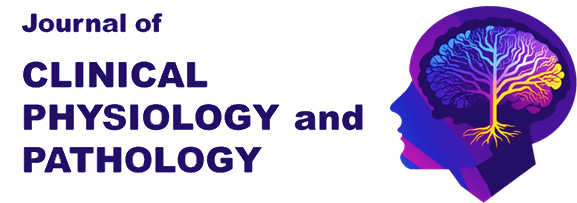Authors
Ivan Kalmykov, Igor Kastyro, Valentin Popadyuk, Polina Mikhalskaia, Alexander Cymbal, Nikolay Mironov, Valeriya Dubova, Daria Shishkova, Daniil Gordeev
For сitation
Kalmykov, I., Kastyro, I., Popadyuk, V., Mikhalskaia, P., Cymbal, A., Mironov, N., Dubova, V., Shishkova, D., Gordeev, D. General anesthesia methods and their influence on HRV and pain syndrome after rhinosurgery. Journal of Clinical Physiology and Pathology (JISCPP) 2022; 1 (1): 28-34.
Abstract
Aims: to evaluate various methods of anesthesia during septoplasty for changes in heart rate variability (HRV) and acute pain syndrome in the early postoperative period. Patients and methods. All patients received local anesthesia with 2% procaine solution. In group 1(105 people) premedication was used with 2% promedol solution and 60 mg of ketorolac in the evening, in group 2 (108 people) — fentanyl, propofol, cisatracuria besylate, tranexamic acid, atropine and metoclopramide, in group 3 (78 people) — atracuria besylate, sodium thiopental, nitrous oxide and halothane. In groups 2 and 3, 100 mg of ketoprofen was administered intramuscularly in the evening on the day of surgery. The frequency domain of HRV was estimated per day. Pain was assessed using a visual analogue scale (VAS). Results. ULF and LF were significantly higher in groups 2 and 3 than in the local anesthetic group. VLF in the second group was significantly lower than in groups 1 and 3. Groups 2 and 3 had low HF. The VHF of group 2 was significantly lower than in groups 1 and 3, which also differed from each other — the VHF values in group 1 were higher than in group 2. Total power in group 2 was significantly lower than in groups 1 and 3. Pain syndrome was less pronounced in group 2. Conclusion. The following scheme may be less stressful when performing septopalstics for general anesthesia: fentanyl, propofol, cisatracuria besylate, tranexamic acid, atropine and metoclopramide.
Keywords
septoplasty, stress, HRV, anesthesia.
